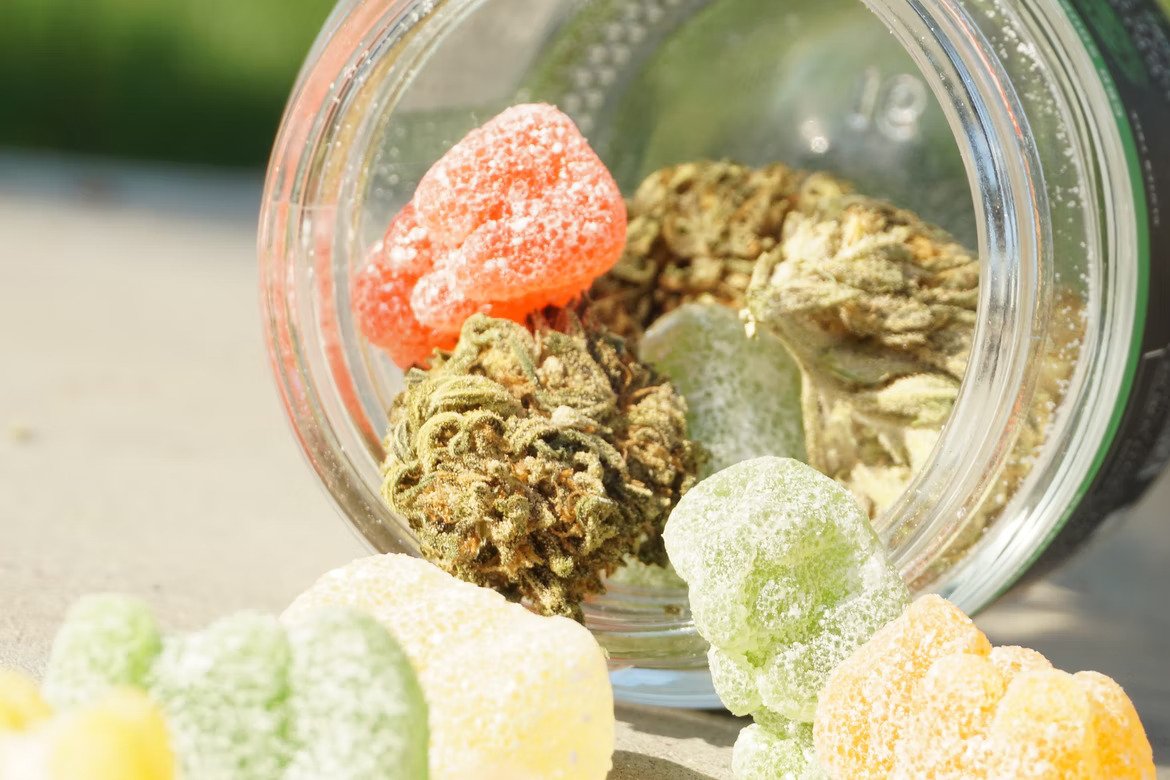You are here
Home 🌿 Regional 🌿 North America 🌿 Canada 🌿 Ontario 🌿 Canadian study finds most unregulated cannabis edibles have less than 20 per cent of advertised THC content 🌿Canadian study finds most unregulated cannabis edibles have less than 20 per cent of advertised THC content

"None of the illegal samples came close to delivering what was advertised on the label"
A new study comparing illicit cannabis products to their legal counterparts has found lower than advertised levels of THC in unregulated products and pesticide levels that are several hundred times above Health Canada’s limits.
The study was conducted by the National Research Council of Canada (NRC) on behalf of the Ontario Cannabis Store (OCS) and Ontario Provincial Police (OPP).
The study examined 44 edible cannabis products, split evenly between regulated and unregulated. The illicit products were seized during OPP investigations.
Researchers found, on average, that unregulated edibles contained less than 20 per cent of their advertised THC content.
According to the study, some illegal samples contained up to 50 times below advertised THC levels. Others only had THC present on the surface of the edible, suggesting that THC may have been sprayed onto an existing commercial product.
“None of the illegal samples came close to delivering what was advertised on the label,” states the report’s introduction.
Legal products, which are limited to a maximum of 10mg of THC, reported fairly consistent scores, though there was some variance.
Of the 22 legal products tested, one sample had about 7mg of THC, the lowest score recorded, while another legal product was slightly above the legal limit, sitting around 12mg THC.
The unregulated products showed greater discrepancies. Several products that were advertised as containing 200mg of THC contained less than 5mg. One product that claimed 500mg of THC actually contained about 56mg. Six samples had no labelled THC content and five of those samples contained less than 5mg of THC. The sixth sample contained about 27mg of THC.
Nineteen of the 22 unregulated products also contained at least one of the 96 pesticides limited by Health Canada. In some cases, the products returned pesticide levels several hundred times above the reporting limits set out by the federal agency.
Commons pesticides in the unregulated products were piperonyl butoxide, permethrins and myclobutanil, a chemical fungicide.
According to the study, the majority of unregulated samples contained at least two pesticides, while one sample contained residue of ten different pesticides.
On the legal side, two of the 22 samples were found to contain trace levels of pesticides, very near or below the limits established by Health Canada.
In a similar study last year, the NRC tested cannabis vapes and dried flower seized by the OPP and again found inconsistent THC content and the presence of pesticides.
In that study, 28 vape samples were tested and each one contained the presence of pesticides, particularly myclobutanil, ranging from 0.3 parts per million (ppm) to over 500 ppm, which is several thousand times higher than the limit set by Health Canada.
As for the flower samples, myclobutanil was again present in every test in concentrations higher than the Health Canada limit. Other fungicides, such as metalaxyl, chlorpyrifos and pyridine, were also present.
“The study provides further evidence that illegal products are often inaccurate, contain multiple pesticides above Health Canada limits and are ultimately not fit for consumption,” the most recent report concludes.
Late last year, a quarterly report from the OCS claimed that, for the first time, legal cannabis sales surpassed the illicit market in Ontario.
The report found that nearly 55 per cent of all cannabis sales in the quarter running from July to Sept. took place in legal channels.
420 Intel is Your Source for Marijuana News
420 Intel Canada is your leading news source for the Canadian cannabis industry. Get the latest updates on Canadian cannabis stocks and developments on how Canada continues to be a major player in the worldwide recreational and medical cannabis industry.
420 Intel Canada is the Canadian Industry news outlet that will keep you updated on how these Canadian developments in recreational and medical marijuana will impact the country and the world. Our commitment is to bring you the most important cannabis news stories from across Canada every day of the week.
Marijuana industry news is a constant endeavor with new developments each day. For marijuana news across the True North, 420 Intel Canada promises to bring you quality, Canadian, cannabis industry news.
You can get 420 Intel news delivered directly to your inbox by signing up for our daily marijuana news, ensuring you’re always kept up to date on the ever-changing cannabis industry. To stay even better informed about marijuana legalization news follow us on Twitter, Facebook and LinkedIn.




